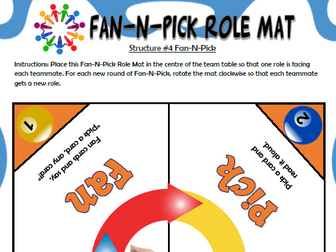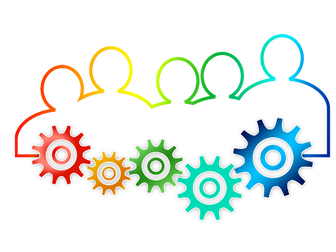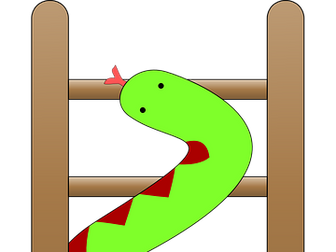Kagan Structures #12 Jot Thoughts: A-Z Brainstorming, Tips, Sorting Mats and Topic Mat
To be used with Kagan style lessons or as an active learning activity for pupil group work.
Kagan Structure number 12: Jot Thoughts
Students brainstorm in teams, each teammate simultaneously writes ideas, with each idea on a separate slip of paper.
The teacher prepares a brainstorming topic. Each student needs a pen and slips of paper.
Step 1: Teacher Announces Topic
The teacher announces the brainstorming topic and sets a time limit. “Brainstorming as many team names as you can. You have 3 minutes. First, announce your idea to the team. Second, write the team name on a slip of paper, and third, place the idea faceup on your team table. See if you can cover the table.”
Step 2: Team Brainstorms
Teammates simultaneously generate as many ideas as they can in the allotted time. They write each idea on a separate slip of paper, announce the idea to teammates, and place the idea faceup on the team table. They attempt to “cover the table” rather than stacking the slips.
Step 3: Team Processes Ideas
When time’s up, the team processes their brainstormed ideas. There are many ways to process ideas. How students process ideas depends on the goal of the brainstorming task.





